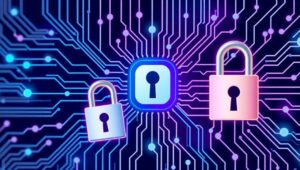Post-Quantum Cryptography: Securing a Quantum Future (2025 Deployment)
Post-Quantum Cryptography: Securing a Quantum Future (2025 Deployment) The advent of quantum computing presents a significant challenge to modern cryptography. Quantum computers, leveraging the principles of quantum mechanics, possess the potential to break many of the cryptographic algorithms that currently secure our digital infrastructure. Post-Quantum Cryptography (PQC), also known as quantum-resistant cryptography, aims to develop cryptographic systems that are secure against both classical and quantum computers. With the 2025 deployment deadline looming, understanding PQC is crucial for organizations and individuals alike. The Quantum Threat Current public-key cryptography relies on mathematical problems that are easy for classical computers to perform in








